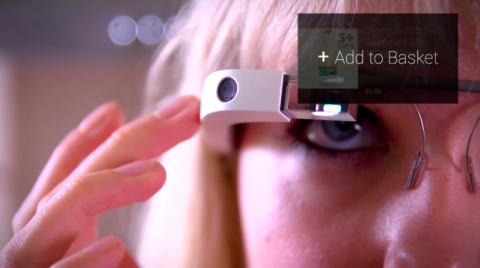

Apps such as WhatsApp, Snapchat, iMessage and Facebook Messenger have witnessed huge growth in Britain, according to a new study by Deloitte.
The surge in instant messaging is being propelled by teenagers sending flirty messages to one another. Consequently, the new report reveals that the number of instant messages composed in Britain will almost double this year to reach 300 billion by the end of 2014. Last year, the figure was estimated at 160 billion.
Additionally, it has been revealed that some young smartphone users are sending more than 270 instant messages a day. Some of these consist of nothing more than a simple emoticon – such as a smiley face or love heart.
Using an old-fashioned term of phrase, Deloitte says that the trend is being driven by “young love”.
It’s easy to see the appeal of instant messaging apps for young users as many allow them to send a message for free or at the fraction of the price of texts. Additionally, apps such as Snapchat and Facebook Messenger, allow users to attach audio and send video clips. Snapchat, in particular, has seen a sharp uptake by young users.
Deloitte adds that not all users are seemingly addicted to their messaging apps. The average person sends 46 messages a day, or three per waking hour.
However, this still beats out text messaging, with users clocking up three texts per hour on average.
The number of text messages sent in the UK fell in 2013 for the first time ever. Deloitte’s research showed that 145 billion SMS messages were sent during that year, down from 152 billion in 2012. This slump is set to continue with only 140 billion texts sent so far this year.
“A constant among humans is courting and they use different tools to do it. It used to be hanging on the phone, now it’s instant messaging,” Paul Lee, Head of Technology Research at Deloitte, told The Guardian.
It is unclear whether the new report, which is due to be published next month, also takes in to account actual flirting apps such as Tinder and Grindr – both of which also contain chat options.
The instant messaging adoption rate has also boomed of late as the function is integrated into a number of social networking apps such as Pinterest and Twitter.






